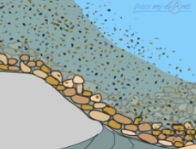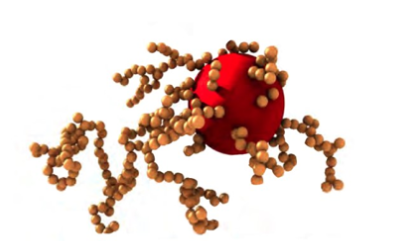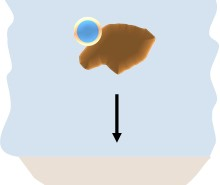Suspended Particulate Matter (SPM)
Suspended particulate matter (SPM) is considered an important structural and functional element in aquatic ecosystems (as are the water phase and sediment). SPM is the sum of natural particles transported in the water column. The matter is comprised of mineral particles (e.g. phyllosilicates, feldspars, quartz, carbonates, oxides, clay minerals) and organic substances at a molecular level, as well as fragments of cell and plant materials and microorganisms like bacteria and algae. What is considered particulate as opposed to dissolved is operationally defined based on filtration (traditionally 0.45 or 0.2 µm filters). The concentration, size and composition of SPM is dynamic and depends on many parameters like the flow regime, season, nutrient supply, catchment geology, vegetation and hydrochemistry.
|
|
Occurs in |
|
|
|
|
|
|
Used in |
|
|
|
|
Read more |
Read also |
|
Visit the NanoFASE Library: |
Praetorius A, Badetti E, Brunelli A, Clavier A, Gallego-Urrea J A, Gondikas A, Hassellöv M, Hofmann T, Mackevica A, Marcomini A, Peijnenburg W, Quik J, Seijo M, Stoll S, Tepe N, Walch H, von der Kammer F (submitted 2019) Strategies for determining heteroaggregation attachment efficiencies of engineered nanoparticles in natural waters. Submitted to Environmental Science: Nano. |
Contact
 Helene Walch
Helene Walch
University of Vienna, Austria
 Frank von der Kammer
Frank von der Kammer
University of Vienna, Austria
Email: frank.von.der.kammer@univie.ac.at





